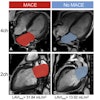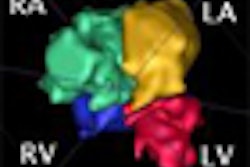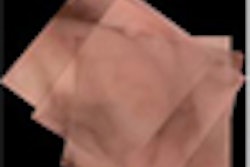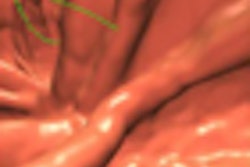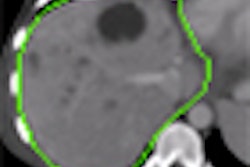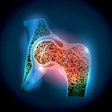Tuesday, December 1 | 12:15 p.m.-1:15 p.m. | LL-CH4311-H01 | Lakeside Learning Center
CT lung computer-aided detection (CAD) applications can be used concurrently during primary image interpretation to save time without hurting observer performance, according to this scientific poster presentation showing on Tuesday afternoon.As part of a preliminary evaluation of a prototype CT lung CAD system developed in collaboration with Toshiba Medical Systems of Otawara, Japan, researchers from Kobe University Graduate School of Medicine in Japan performed a study utilizing 50 standard-dose CT datasets (1-mm thick) with 72 nodules.
Three radiologists and three radiology residents independently looked for noncalcified nodules ≥ 4 mm in two sessions. In the first session, half of the datasets were read with CAD concurrently and half were read with CAD as a second reader. Four weeks later, the same studies, presented in random order, were read using the other CAD method.
Two experienced chest radiologists later reviewed all findings and determined the set of actionable nodules by consensus, according to the researchers.
Reading times for all readers were significantly shorter when using CAD concurrently (p < 0.01), while there was no significant difference in observer performance, according to Dr. Sumiaki Matsumoto. Matsumoto noted that this type of study is dependent on the image database used, so its findings can't be immediately generalized.




